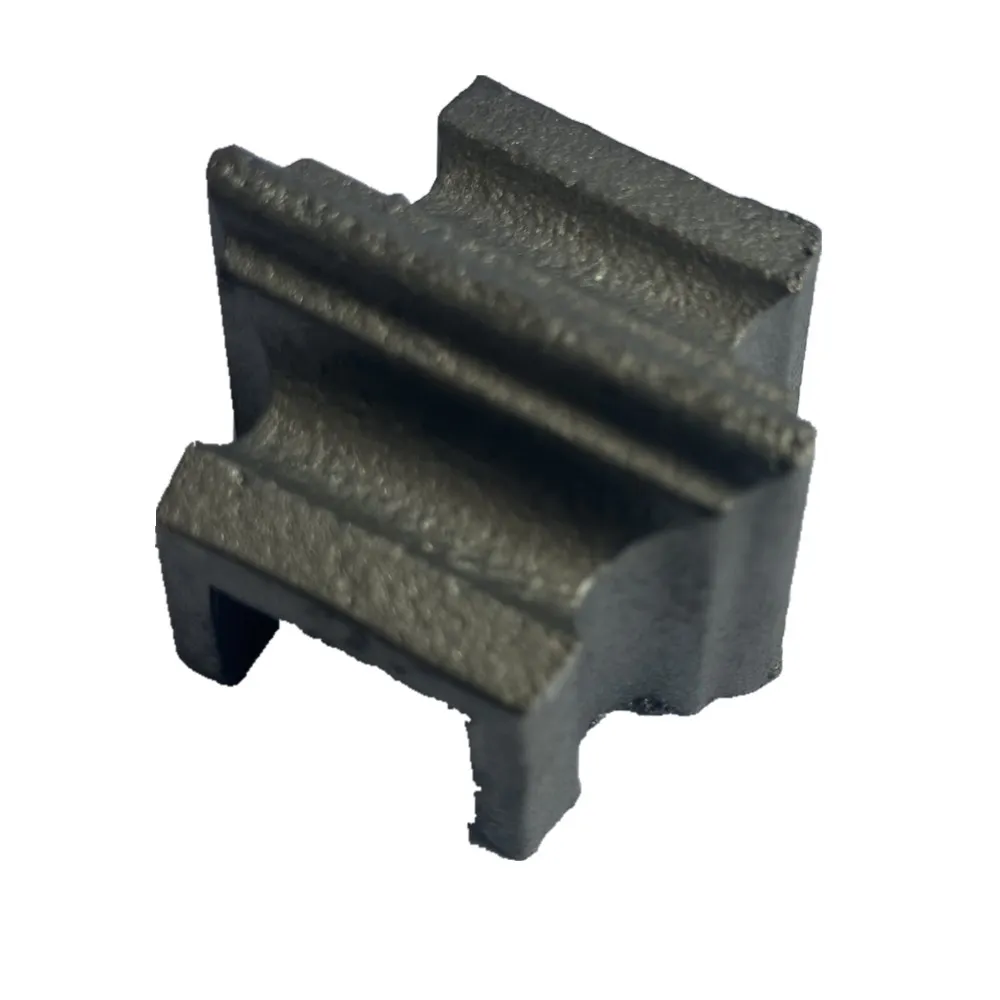Comprehensive Guide to Pantograph Mechanism and Its Applications
Understanding Pantographs Mechanisms and Applications
Pantographs are fascinating mechanical devices designed to replicate motion, drawing or translating the movement and scale of one object to another. The term “pantograph” originates from the Greek words “pan” meaning “all” and “grapho” meaning “to write.” This innovative tool can efficiently transfer dimensions from a model to a larger or smaller scale. Its applications range from art and drafting to engineering and rail systems, demonstrating versatility well beyond its simple mechanics.
The Mechanics of Pantographs
At its core, a pantograph consists of a system of linked arms that maintains proportionality as movements occur. Typically, these arms are arranged in a parallelogram configuration. When one arm is moved, the adjacent arm moves in conjunction. The geometry of the pantograph ensures that the scale of this movement is consistent. For example, if we move the pantograph by a factor of two, the output will be twice the size of the input drawing.
There are various designs for pantographs, each suited for specific functions. The most common type includes a two-arm setup linked by rigid bars. However, more complex pantographs can include additional dimensions and are often found in machines that require sophisticated motion control.
Applications of Pantographs
1. Art and Drafting One of the earliest uses of pantographs dates back to the 17th century when artists and architects employed them to replicate drawings or scale models. By adjusting the settings of the pantograph, one can enlarge or reduce images accurately, making it an invaluable tool in academia and the world of fine arts. Modern artists can use tools inspired by traditional pantographs for creating precise artworks and sketches.
2. Engineering and Prototyping In engineering, pantographs are essential for creating prototypes. They facilitate the scaling down of complex designs into manageable sizes, which can then be physically created and tested. This application extends to industries such as automotive and aerospace, where prototypes are crucial to the design process before mass production.
Στοιχεία παντογράφουpantograph details

3. Rail Transport In rail systems, pantographs serve a critical function. They are the apparatuses mounted on the roofs of electric trains that collect current from overhead lines. The design of the pantograph enables the train to maintain an electrical connection with varying track heights and undulations while ensuring minimal wear on both the pantograph and the wire.
4. Mechanical Drawings and Replication Various devices incorporate pantograph systems in creating mechanical drawings that need scaling or accurate replication. Thus, they are indispensable in educational institutions, textile printing, and fabrication processes requiring precision.
The Future of Pantographs
As technology advances, the fundamental principles of the pantograph remain integral but have been enhanced through automation and computer-aided design (CAD). Today's engineers and designers may integrate pantograph mechanisms with digital tools to improve accuracy and efficiency.
Additionally, the principles underlying pantographs are finding new life in robotics, where similar mechanisms can allow for scalable movement and control in robotic arms and applications. The adaptability of the pantograph design continues to inspire innovation across various fields.
Conclusion
In summary, pantographs may seem like simple mechanical devices, but their utility runs deep across numerous disciplines. From arts to engineering and transportation, pantographs have proven themselves to be invaluable tools that not only enable accurate replication and scaling but also facilitate innovation through their unique mechanics. As technology progresses, the evolution of pantograph applications will undoubtedly continue in exciting new directions, revealing more about the synergy between traditional design tools and modern technology. Whether you're an artist striving for precision or an engineer working on the next big prototype, understanding the pantograph is essential in harnessing its full potential.
-
Wrought Iron Components: Timeless Elegance and Structural StrengthNewsJul.28,2025
-
Window Hardware Essentials: Rollers, Handles, and Locking SolutionsNewsJul.28,2025
-
Small Agricultural Processing Machines: Corn Threshers, Cassava Chippers, Grain Peelers & Chaff CuttersNewsJul.28,2025
-
Sliding Rollers: Smooth, Silent, and Built to LastNewsJul.28,2025
-
Cast Iron Stoves: Timeless Heating with Modern EfficiencyNewsJul.28,2025
-
Cast Iron Pipe and Fitting: Durable, Fire-Resistant Solutions for Plumbing and DrainageNewsJul.28,2025
-
 Wrought Iron Components: Timeless Elegance and Structural StrengthJul-28-2025Wrought Iron Components: Timeless Elegance and Structural Strength
Wrought Iron Components: Timeless Elegance and Structural StrengthJul-28-2025Wrought Iron Components: Timeless Elegance and Structural Strength -
 Window Hardware Essentials: Rollers, Handles, and Locking SolutionsJul-28-2025Window Hardware Essentials: Rollers, Handles, and Locking Solutions
Window Hardware Essentials: Rollers, Handles, and Locking SolutionsJul-28-2025Window Hardware Essentials: Rollers, Handles, and Locking Solutions -
 Small Agricultural Processing Machines: Corn Threshers, Cassava Chippers, Grain Peelers & Chaff CuttersJul-28-2025Small Agricultural Processing Machines: Corn Threshers, Cassava Chippers, Grain Peelers & Chaff Cutters
Small Agricultural Processing Machines: Corn Threshers, Cassava Chippers, Grain Peelers & Chaff CuttersJul-28-2025Small Agricultural Processing Machines: Corn Threshers, Cassava Chippers, Grain Peelers & Chaff Cutters












